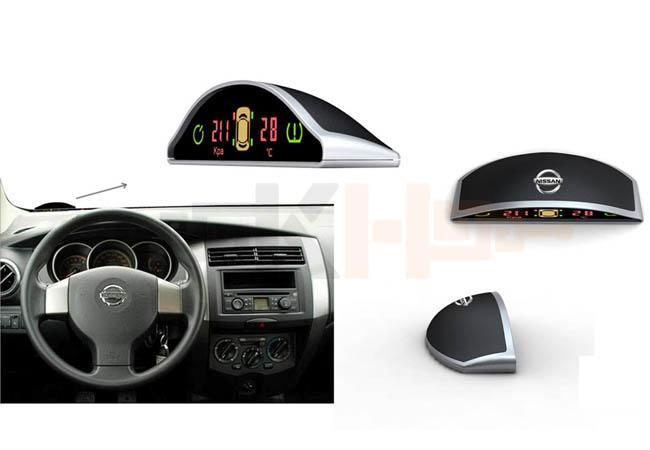
Customer Service Hotline13028881745

 SJS successfully obtained the 2022 California CEC Energy Efficiency Approval
SJS successfully obtained the 2022 California CEC Energy Efficiency Approval
ShenZhen SJS Testing Technology Services Co., Ltd. successfully pa...
 Introduction to EMC test for CE certification of automotive electronics
Introduction to EMC test for CE certification of automotive electronics
sdfsfgdsgsgfsdghdfshdhsdfsfgdsgsgfsdghdfshdhsdfsfgdsgsgfsdghdfshdh...

1. The system can query the report data as of June 27, 2018; the subsequent data;
2. Please enter the accurate certificate or number, the number is not less than 9 digits;
3. The data in this system is only used by customers to check certificates and report authenticity, not for other purposes.


In December 2012, the International Electrotechnical Commission (IEC) officially released the second edition of the international safety standard IEC 62133 IEC 62133:2012 (ed2.0) for battery products. This standard is mainly for the safety requirements of single batteries and battery packs containing alkaline or non-acid electrolytes and portable sealed single batteries and battery packs (including lithium batteries, nickel-metal hydride batteries, nickel-cadmium batteries, etc.).
The new version of IEC 62133 test clauses is divided into two major sections: nickel battery system and lithium battery system. This article takes the lithium battery system as an example to introduce the main changes. New test items such as forced internal short circuit, overcharge (pack), transportation test, and lithium battery design suggestions have been added to the test items. At the same time, the charging steps and continuous low-voltage charging test items were updated.
Updated charging steps According to the requirements of the new version of IEC 62133, when the battery cell tests the following three items of external short circuit, thermal shock, squeeze, and battery test external short circuit, the battery cell or battery must be charged under the peak temperature of the charging.
Added mandatory internal short circuit test The purpose of this test is to simulate the potential danger of metal dust, scrap particles and other impurities that may enter the battery during the manufacturing process, and pierce the diaphragm between the positive and negative electrodes to cause an internal short circuit. The test object is for cylindrical or prismatic cells. Currently this test is only applicable to South Korea, Japan, Switzerland and France. New shipping test
According to the requirements of the new version of IEC 62133, lithium batteries must pass relevant tests in accordance with the requirements of IEC 62281, and the test items are the same as those of UN38.3. Therefore, if the manufacturer can provide documents proving compliance with UN transportation requirements, the transportation test does not need to be tested, and the transportation test is directly determined to be qualified. The IEC 62133 standard mainly includes tests for the following items:
1. Cell: continuous low rate charging, vibration, temperature cycling, external short circuit, internal short circuit, free fall, impact (collision), thermal misuse (thermal shock), squeeze, low air pressure, overcharge, forced Discharge, high-rate charging protection function (lithium system), labeling and packaging, transportation test, incorrect installation (nickel system). 2. Battery: vibration, shell stress under high temperature, temperature cycle, external short circuit, internal short circuit, free fall, impact (collision), labeling and packaging, transportation test, overcharge (nickel system). Among these test and verification items, most of them are common routine test items, but there are still some items worthy of attention and attention:
1. 13KN extrusion. The test object of this project is the battery cell. Although it is a common and conventional item, because of its clear requirements, the long and short axis of the square battery need to be squeezed, that is, the two planes of the length and width of the battery. According to the test experience, when the polymer flexible packaging cell is squeezed on the width axis (side), unqualified phenomena such as burning or explosion appear from time to time. Therefore, for polymer flexible packaging batteries, it is recommended to focus on this project.
2. Continuous low rate charging. The test object of this project is the battery cell. The standard stipulates that the fully charged cell shall be continuously charged for 28 days in accordance with the charging method specified by the manufacturer. This item is not common in other safety standards. Since the charging method specified by the battery manufacturer is basically constant current and constant voltage charging, this requires the manufacturer to fully consider when specifying and limiting the charging current and even the cut-off voltage when fully charged. When necessary, the ability to withstand continuous charging must be considered in the design of the battery cell.